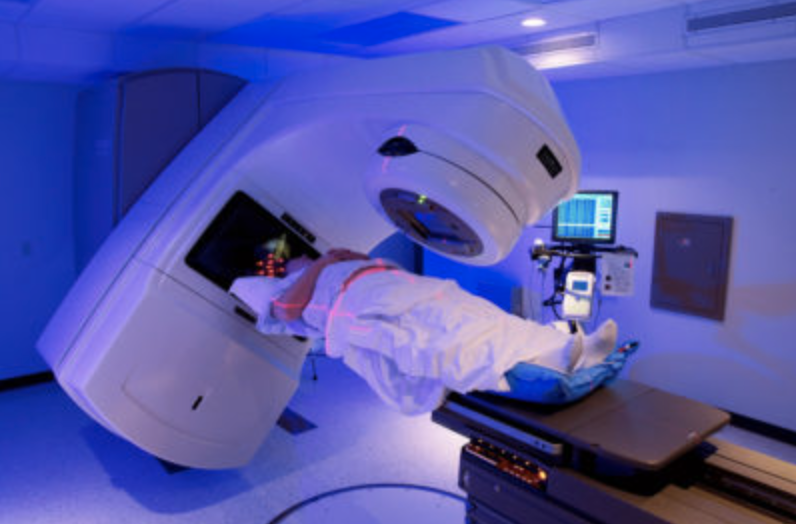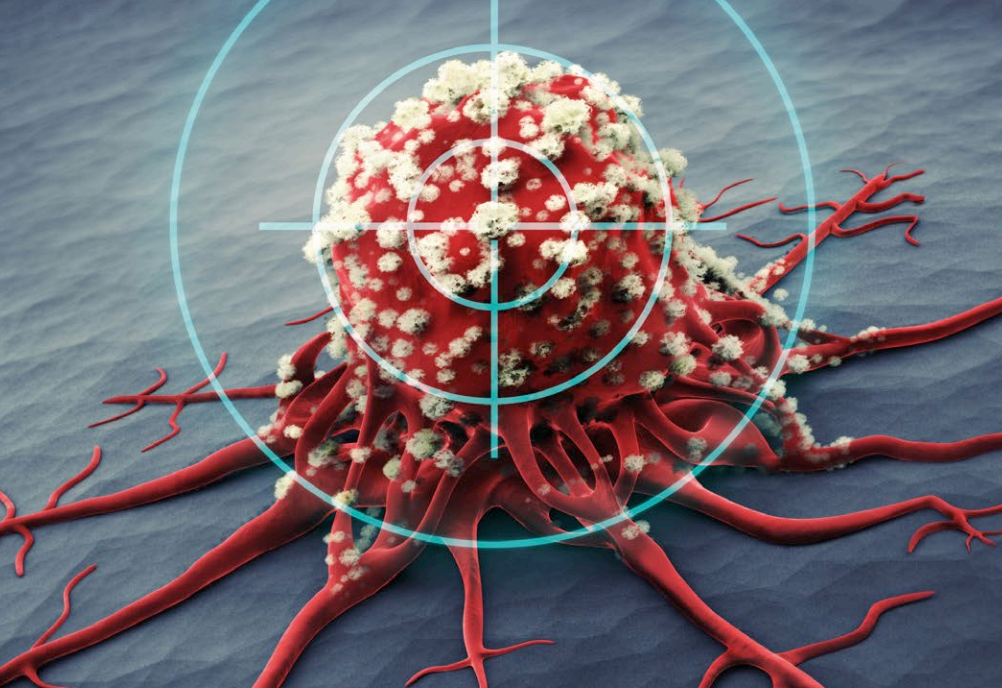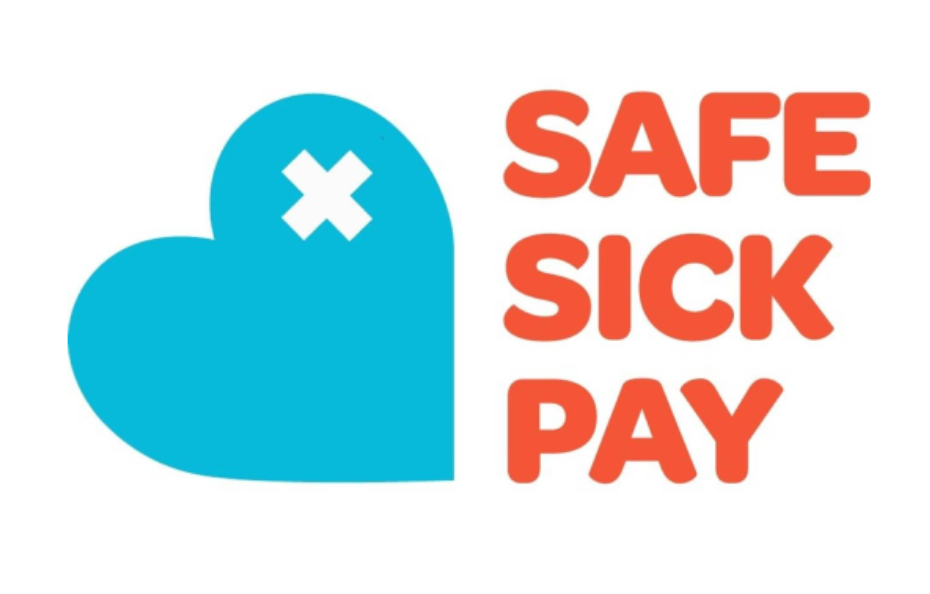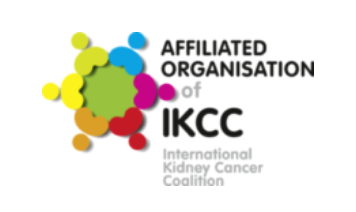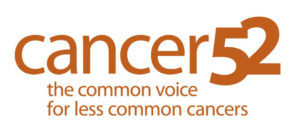Share this Page:
The incidence of renal cell carcinoma (RCC) has increased worldwide over the last 3 decades, with the most rapid increase in people aged 70 years and older. Surgery (total and partial nephrectomy) is the standard of care; however, there are some limitations for people who are not suitable for surgery due to medical reasons and may be high risk of, for example, dialysis after surgery.
Stereotactic ablative body radiotherapy (SABR) uses an intense beam of radiation focused on the tumour to destroy the cancer cells. The advantages of SABR, also known as stereotactic radiotherapy (SRT), is that it avoids general anaesthesia and, unlike radiofrequency ablation or cryoablation, can be used to treat large tumours. Also, it is not invasive, unlike ablation and surgery.
The FASTRACK II trial looked at 70 patients who had a diagnosis of renal cell carcinoma (RCC) confirmed with a biopsy. Their tumour was low stage and confined to the kidney. The patients were not able to have surgery due to medical reasons, high risk, or had decided not to have surgery. Most patients had early stage disease; about one-third had T1a disease (which can be treated with ablation) and most of the remaining patients (56%) had T1b disease.
None of the patients in the study had local progression of their kidney cancer during the average follow-up of 3 and a half years.
Nearly all patients (99%) did not have spread of their cancer to other distant parts of the body after 1 and 3 years. Nearly all patients (99%) survived for 1 year and and 82% survived 3 years.
Regarding safety, only 10% of patients had a serious side effect to SABR, most of which was short-lived pain or nausea and vomiting. There were no life-threatening side effects or deaths and 11 (16%) patients reported no side effects at all.
In summary, SABR is an effective, safe and non-invasive treatment for primary RCC in patients who are not suitable for surgery.
